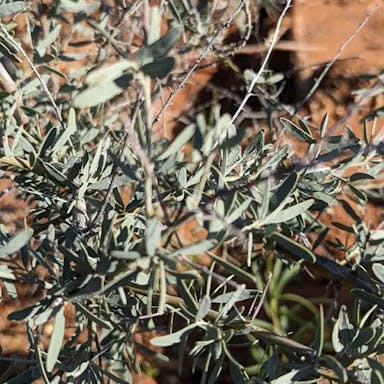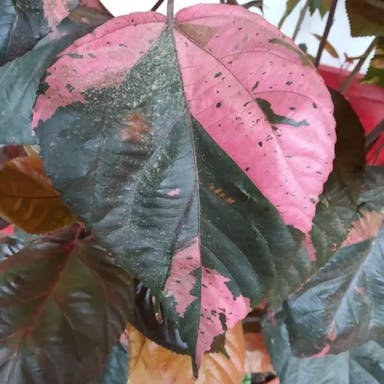False spiraea, scientifically known as Sorbaria sorbifolia, is a deciduous shrub that belongs to the Rosaceae family. Native to eastern Asia. This plant is commonly referred to as False spiraea due to its resemblance to the Spiraea genus. Characterized by upright growth habit, reaching certain height and spread. The leaves are compound, with leaflets that are serrated and green in color. In summer, this plant produces clusters of small white flowers arranged in panicles. These attract pollinators. After flowering, develops small red fruits that add visual interest. However, these fruits are not edible for humans. This plant is relatively easy to grow and is adaptable to wide range of soil conditions. It prefers sun to partial shade and requires regular watering. Commonly used in landscaping due to attractive foliage and showy flowers. Can be used as specimen plant, in borders, or as hedge. In conclusion, also known as False spiraea, is a versatile and visually appealing addition to any garden or landscape.
0
0












